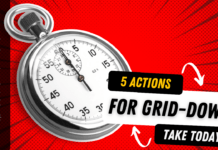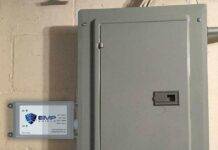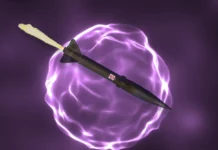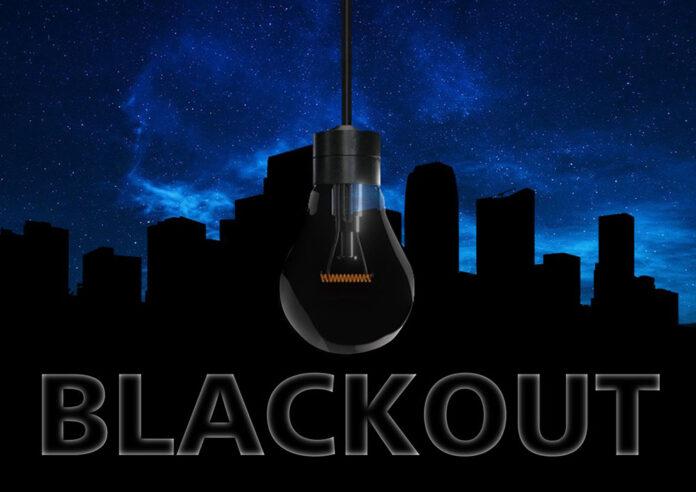
What If Electricity Went Out Everywhere? (Duke Energy) The Nightmare Scenario of Power Outages in the US
How would you survive if the electricity went out everywhere in the US? How would you know what’s going on in the world, how would you stay in touch with friends and family, how would you find food, shelter and supplies? What about hospitals, internet connections and media outlets? Let’s take an in-depth look at some of the ways power outages could be affecting us today and what to do about it.
Introduction
The United States is not immune to power outages. In fact, power outages are more common than most people think and that’s a scary thought.
See current power outages in the US.
Take Duke Energy, for example. Duke Energy serves over three million customers, but they have had to deal with almost 300 power outages so far this year – and they’re not done yet! The question we all should be asking ourselves is what if electricity went out everywhere? What would happen if it wasn’t just Duke Energy’s customers who were affected? What if it happened everywhere?
With Hurricane Florence bearing down on the East Coast and more storms on the horizon, power outages seem inevitable. And as we all know from our own experiences with thunderstorms and other natural disasters, these things can happen at any time.
In 2015 alone there were close to 500 separate blackouts or brownouts throughout North America. That same year an estimated 659 million hours of electricity was lost due to power outages, resulting in billions of dollars worth of damage each year.
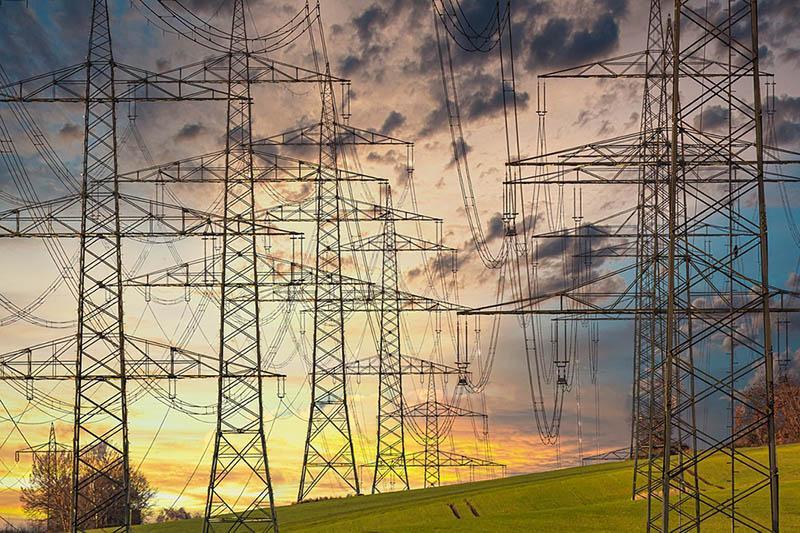 What would happen if there was a widespread power outage?
What would happen if there was a widespread power outage?
If a power outage occurred, it would be difficult for many people to find ways to get power for their homes. In addition, there would be a lack of water because water pumps need electricity in order to work and sewage systems wouldn’t work. For example, Duke Energy’s website says that if they lost electricity they would experience outages within two hours. This means people who don’t have other sources of food or water may die from dehydration or starvation if they don’t have enough bottled water or canned goods with them. Duke Energy also said that without power, we won’t have natural gas service to our pipelines which will lead to problems getting gas into the stations and therefore shortages at gas stations. There are four key ways Duke Energy has identified that we can prepare for these events:
1) having an emergency plan;
2) being prepared for loss of essential services;
3) keeping essential supplies on hand;
4) making sure your home is properly sealed against pests/air quality changes so you’re comfortable during a power outage.
How likely is a widespread power outage to occur?
A power outage is an event where electric power to a particular area is disrupted. It can be caused by weather, equipment failure, or other issues. In 2012 Hurricane Sandy resulted in over 2 million people losing power due to downed trees and flooding damage. In 2017 Hurricane Harvey flooded not only Houston but also affected more than 150 transmission substations across Texas which resulted in roughly 3 million people without power for extended periods of time. A likely power outage would have disastrous consequences for the American population such as: no running water (with sewage flowing out), food rotting in refrigerators, patients dying on life support (because their families will be too busy finding a generator). People could lose money because of missed work days because they need to find alternate ways to live while they’re waiting on the grid electricity to return.
In short, with our current electrical infrastructure widespread power outages are very likely in the US. It’s not a matter of “if” but a matter of “when”.
What can be done to prevent a widespread power outage?
The best way to prepare for a power outage is to be proactive and make sure you have an emergency kit, including a flashlight, battery-powered radio, extra batteries and food. You should also keep your phone fully charged and create an emergency contact list. Duke Energy recommends following these three steps:
1) Plug electronics into a surge protector or power strip;
2) Unplug electronics when not in use;
3) Turn off appliances at the end of each day.
If a power outage does occur, it’s important to know how long it will last. Most electrical providers can restore power within four hours on average for residential customers but could take up to 12 hours during storms that cause extensive damage such as hurricanes. As a side tip, you can create what’s called an “EMP Shield” to help prevent against power outage by electrical pulse.
Conclusion
Luckily, there are plenty of ways to prepare for power outages and they don’t have to be expensive. For example, you can buy a generator that can plug into your house’s electrical system and keep your appliances running. You also could store non-perishable food with a long shelf life (think canned goods), as well as water. You should also have a flashlight or headlamp handy in case you lose power at night.
Who is Duke Energy?
Duke Energy is one of the largest electric utility companies in America and they provide electricity to approximately 7.2 million people. Duke Energy provides energy to customers in Ohio, Kentucky, Indiana and North Carolina. Duke Energy had its largest blackout on November 18th because of ice storms that left over 4 million people without power for up to 3 days. It was reported that the company’s call center received 2 million calls from concerned customers during this time. Duke Energy had 1,500 employees working around-the-clock to restore power as soon as possible after these major outages. In another example of a nationwide outage, 1.5 million Duke Energy customers were also left powerless after Hurricane Sandy hit the East Coast in October 2012.





